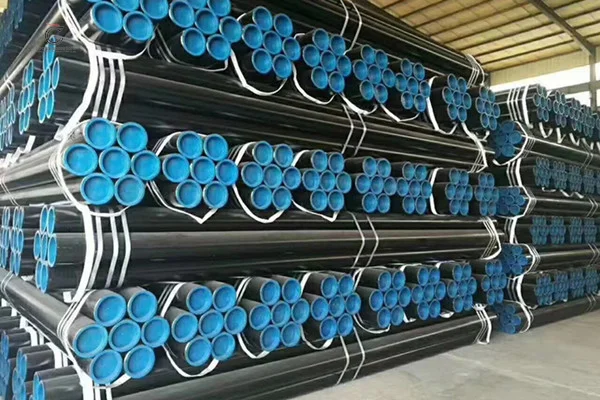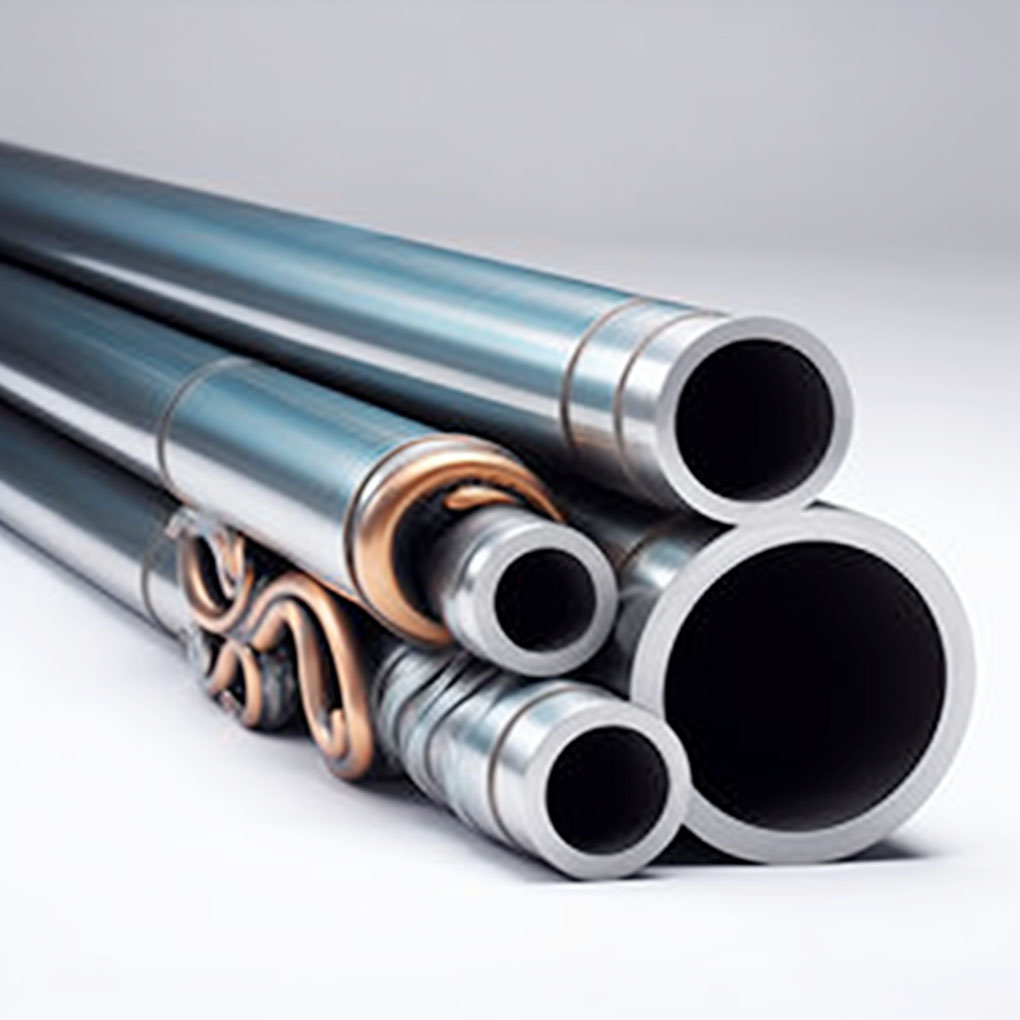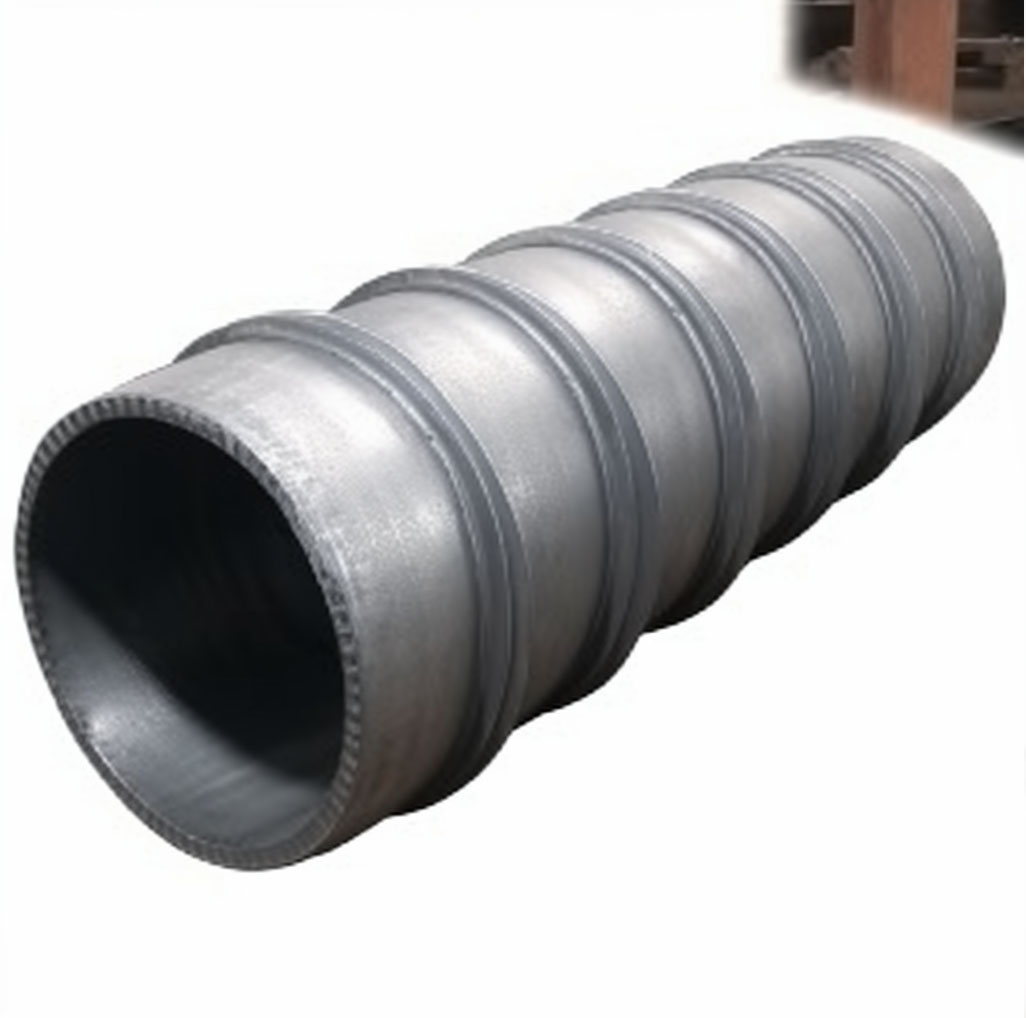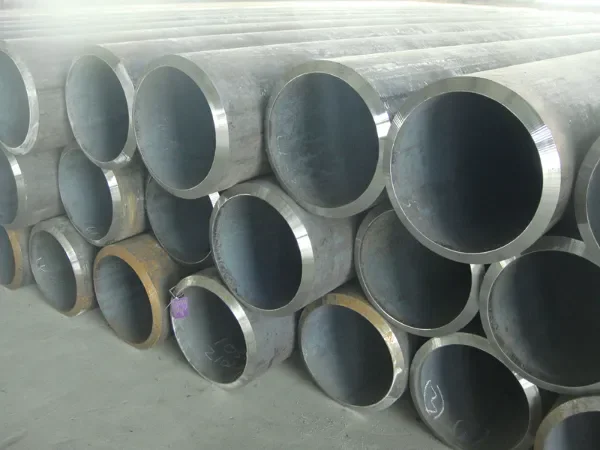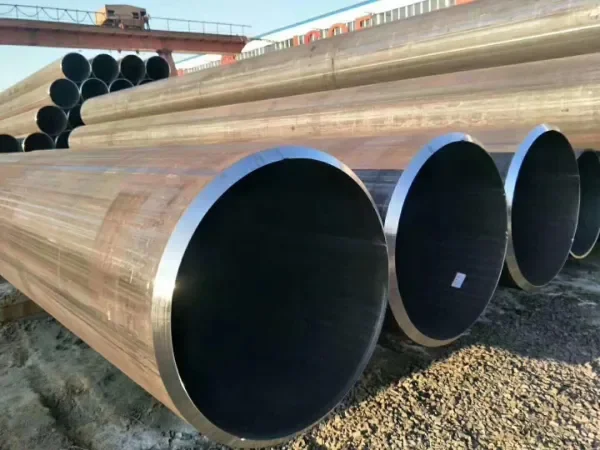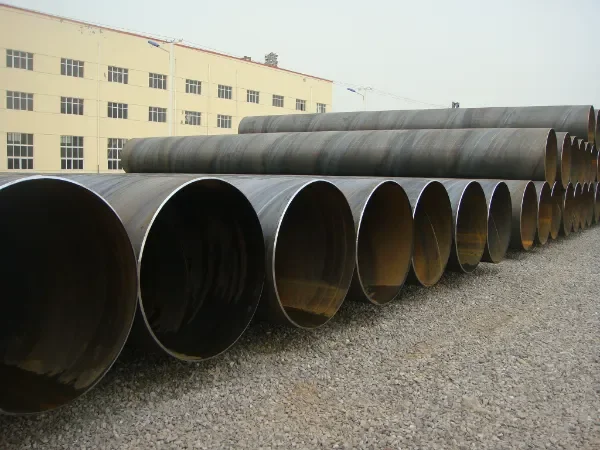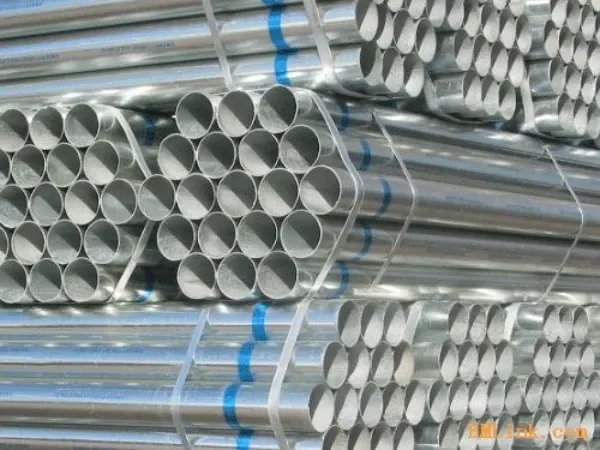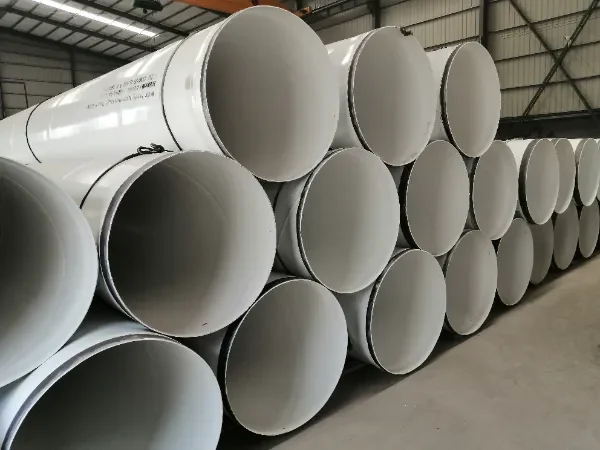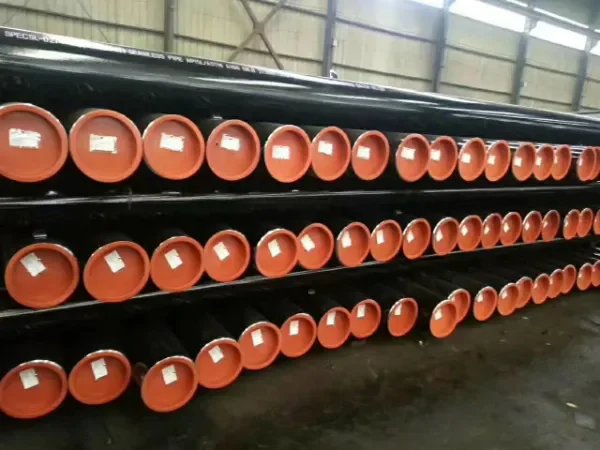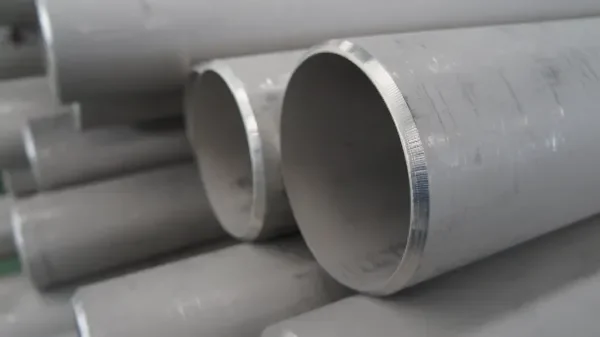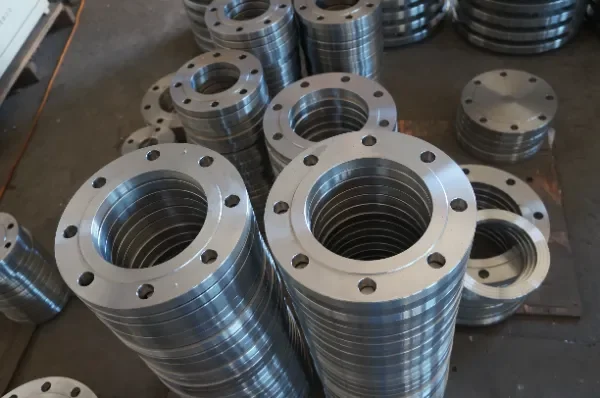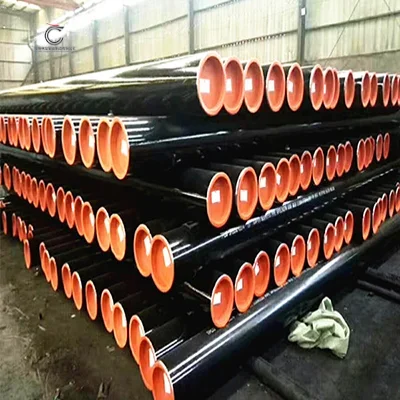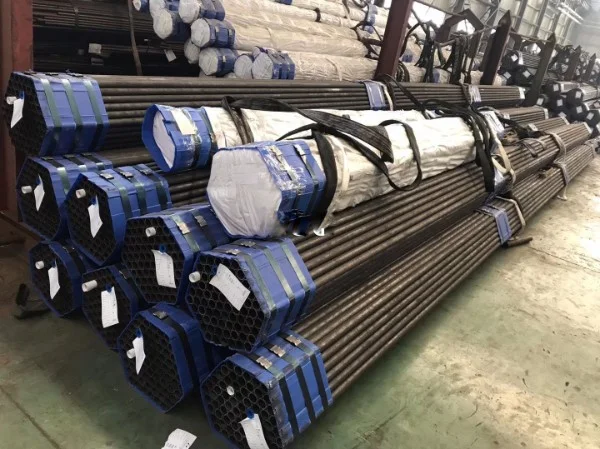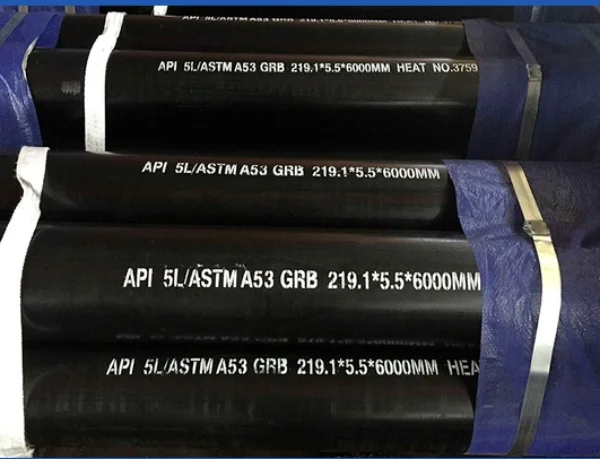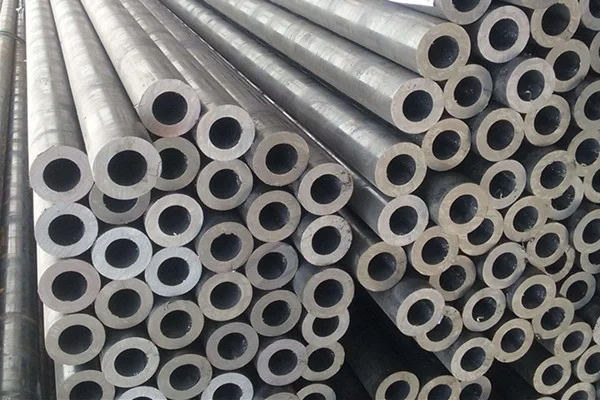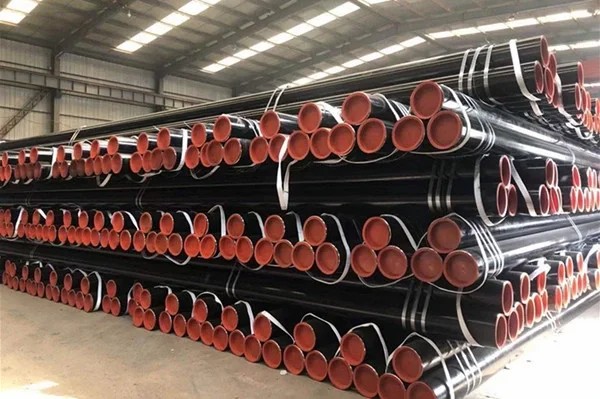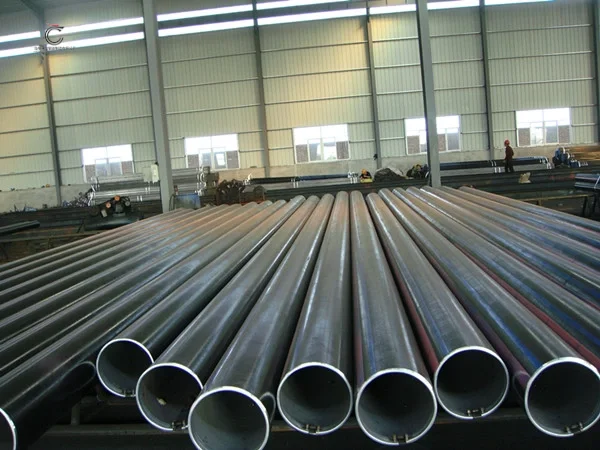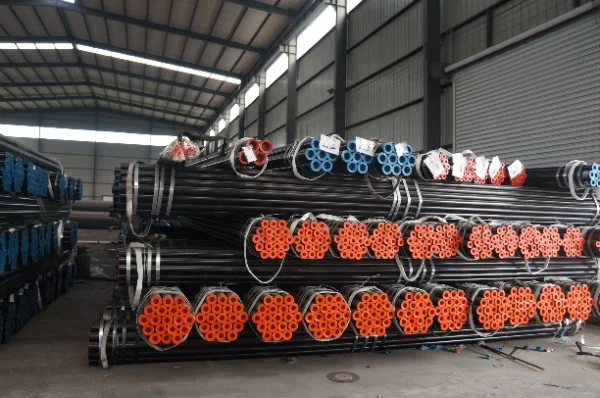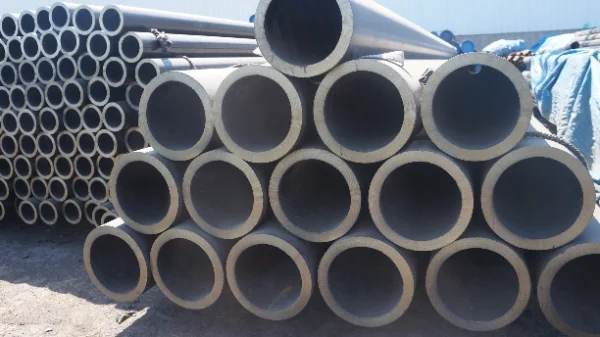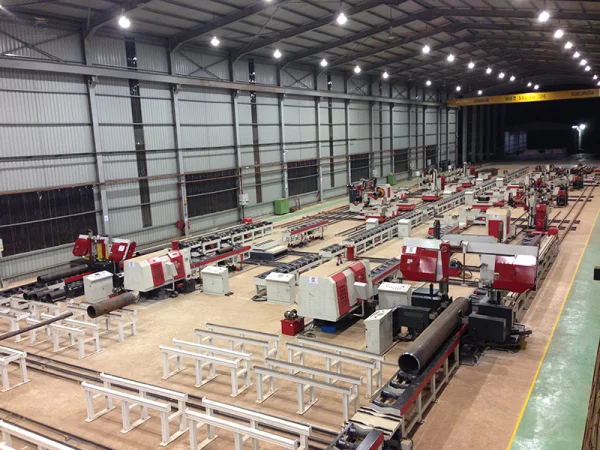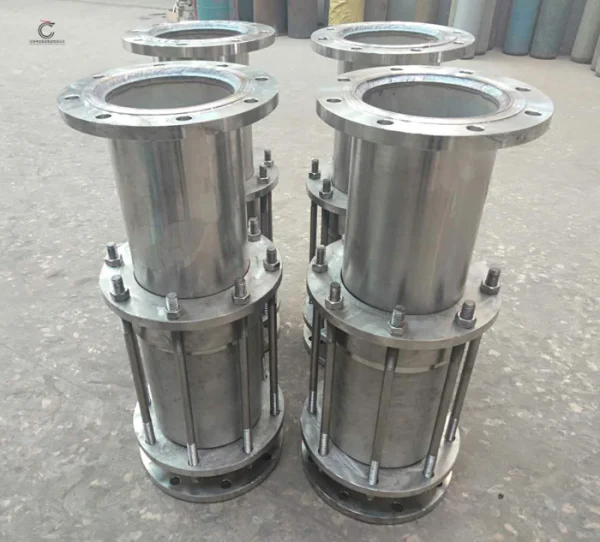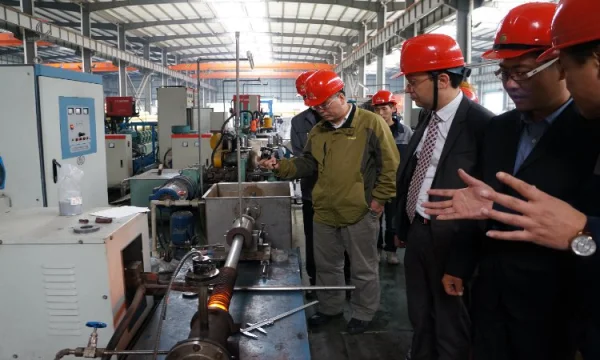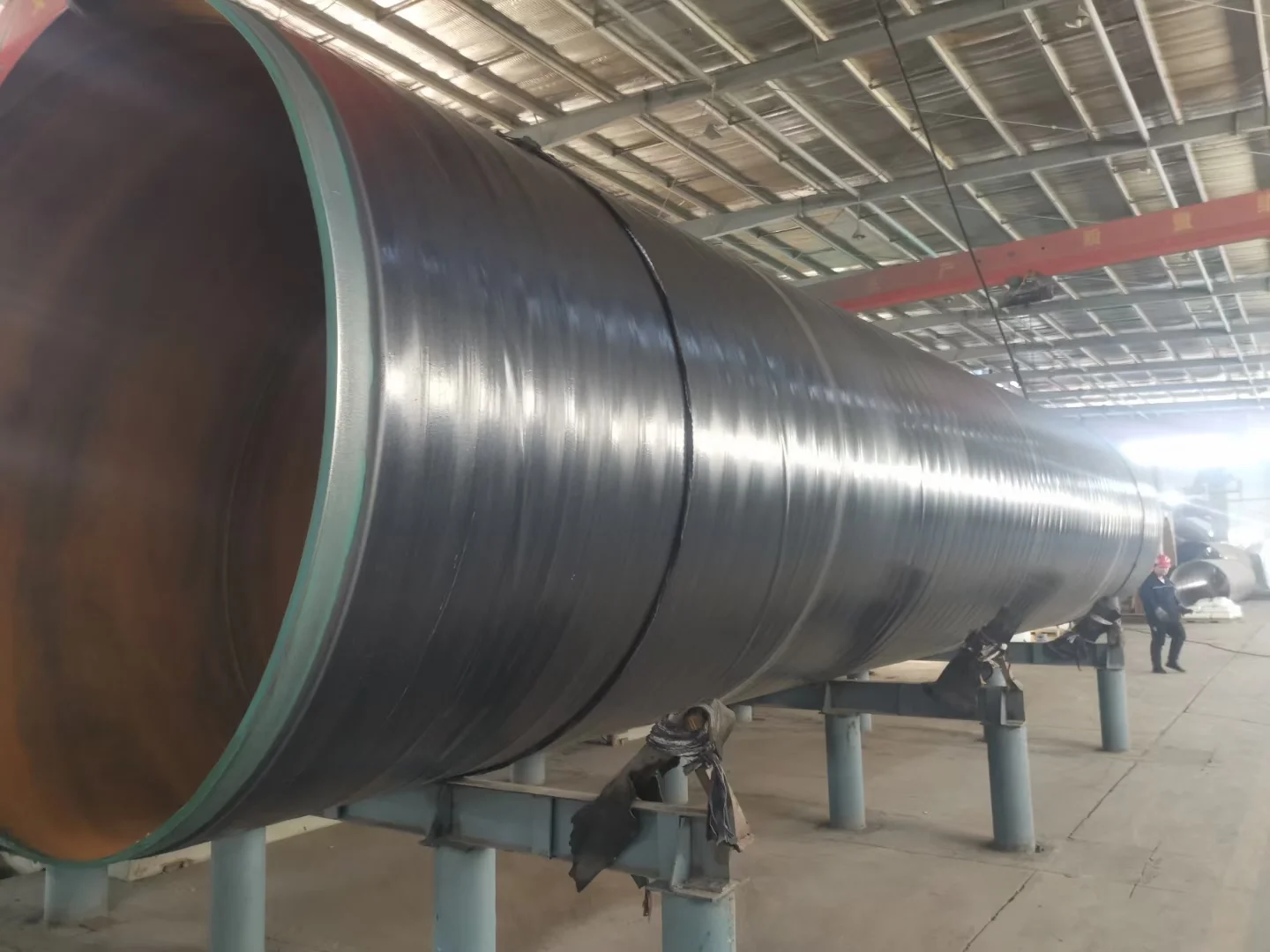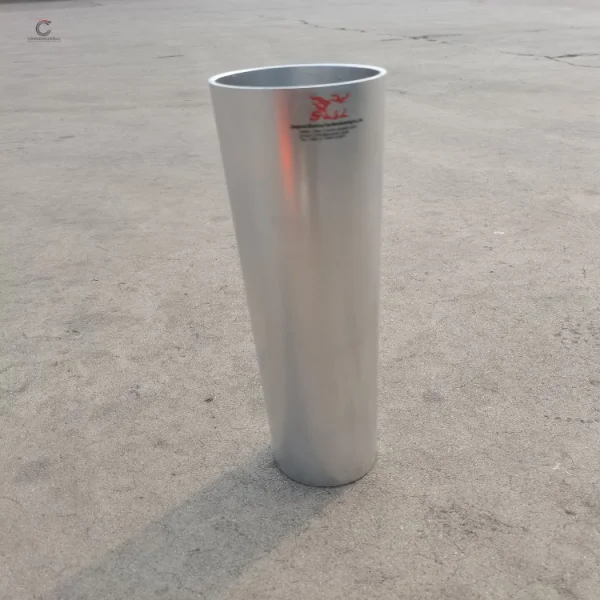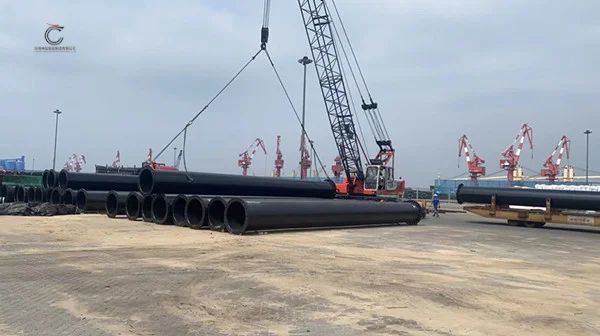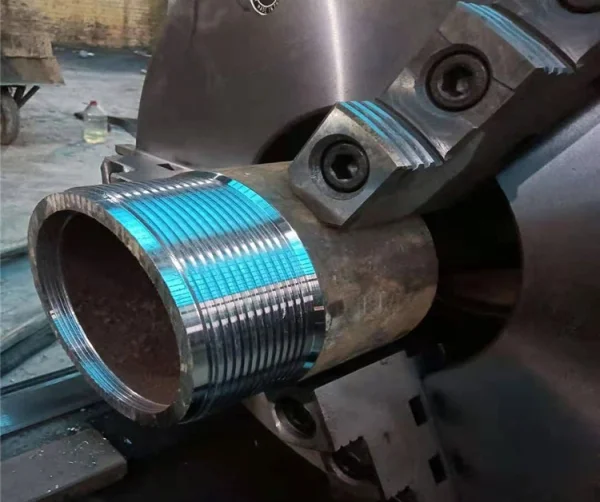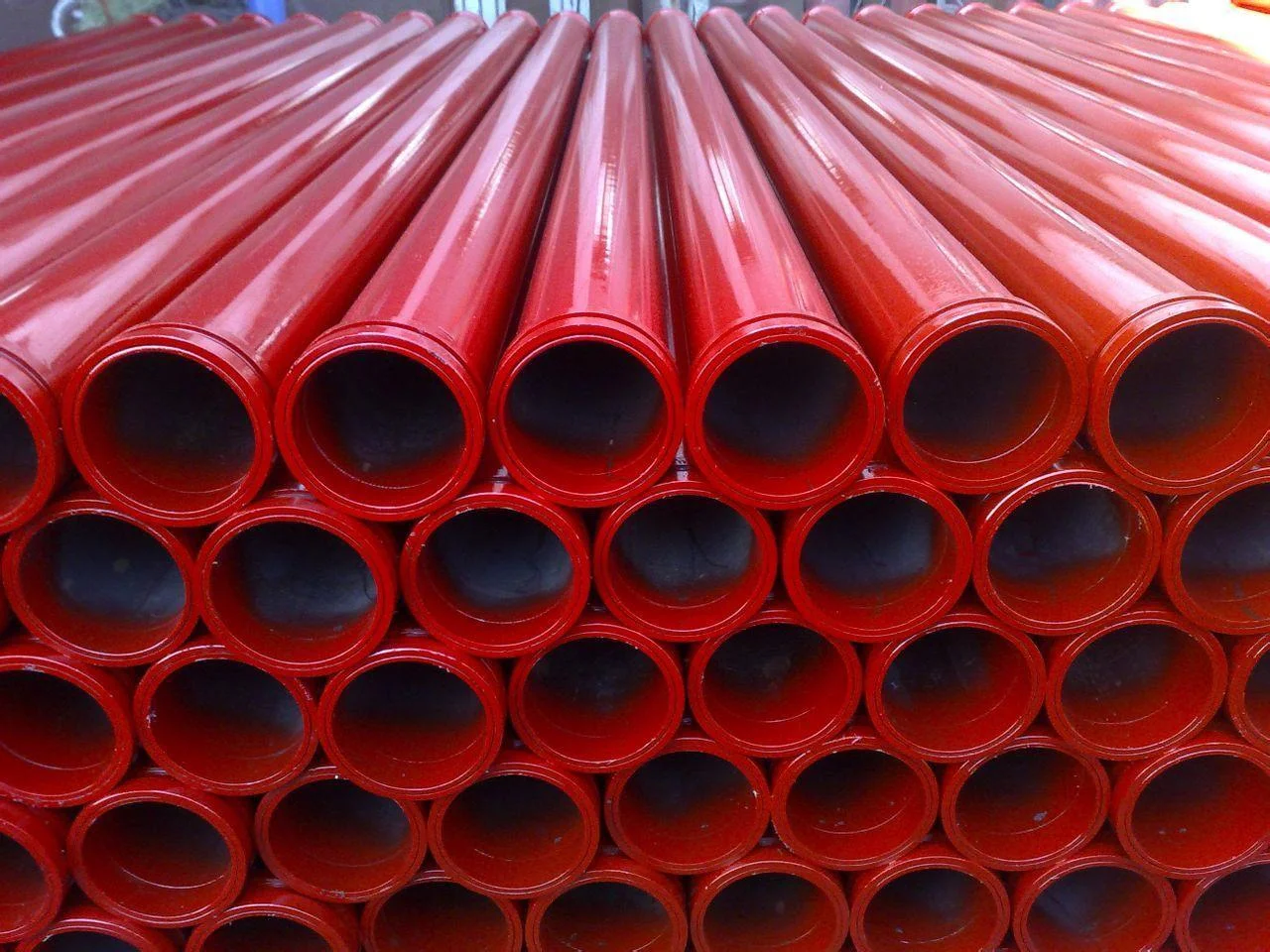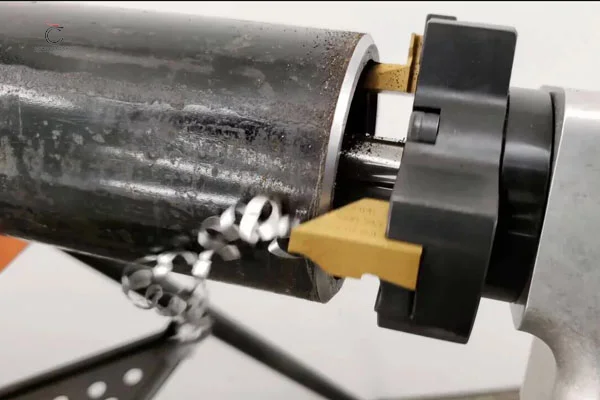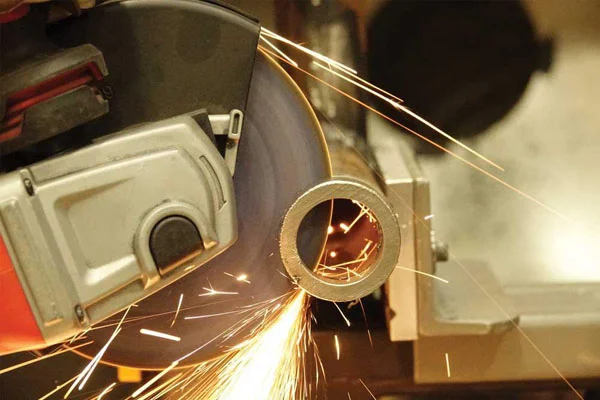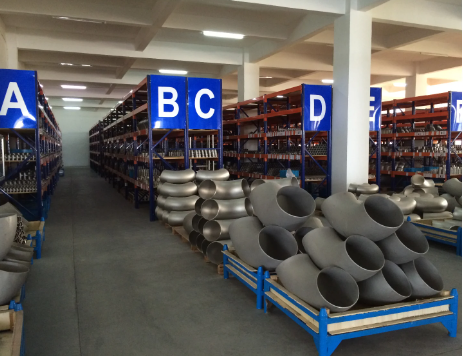Product List
Schedule 40 steel pipe
Product name: schedule 40 pipe,grade b steel pipe, black pipe, black steel tubing, schedule 40 black steel pipe
Materials: GR.B, X42, X56, P11, P22, ST37, ST44, ST52, S235JR, S355JR, STP430.
Standard:API 5L, ASTM A106, A53, A335, ANSI B36.10
Specification:
Outer diameter: 1/4”- 40” (13.7mm-1016mm).
Wall thickness: 1.5mm-80mm, Schedule 40, Schedule 80, .Schedule 20
Length: 2m- 12m.
Schedule 40 Steel Pipe Meaning
Pipe wall thickness grade Sch40, carbon steel, low alloy steel of a thickness class code, corresponding to a certain pipe thickness.
There are three ways to show the thickness of steel tube wall: tube table number, tube thickness size and tube weight. "Sch" is a way of indicating the wall thickness of the pipe table number. The pipe table number is the rounded value of the ratio of the design pressure of the pipe to the allowable stress of the material at the design temperature multiplied by 1000. Sch10, Sch20, Sch30, Sch40, Sch60, Sch80, Sch100, Sch120, Sch140, Sch160; ANSI B36.19 Wall thickness grade: Sch5s, Sch10s, Sch40s, Sch80s four grades; 3) The thickness of pipe wall is expressed by the weight of pipe, which is divided into three types: A. Standard weight tube, STD for thickened tube, XS for c. Extra thick tube, XXS for. For pipes DN≤ 250mm, Sch40 corresponds to STD, For 200mm pipe,Sch80 is equivalent to XS.
For example: 2" SCH.40 indicates that the wall thickness of 2" nozzles is 3.91mm.
Type of seamless pipe steel schedule 40 supply
Seamless steel pipe, A106, A333,A53,API 5L etc.
Welded steel pipe, A53, A252,A500, API 5L, A515,A672 etc.
SCH indicates Inch wall thicknesses
ANSI B36.10 wall thickness grade: Sch10, Sch20, Sch30, Sch40, Sch60, Sch80, Sch100, Sch120, Sch140, Sch160 ten levels.
What is the difference between high quality sch40 seamless steel pipe & sch80 pipe?
Seamless black steel pipe schedule 40 and schedule 80 pipe are made from the same material. The difference in structure lies in the thickness of the pipe wall; the higher the schedule, the thicker the wall of the conduit.
Uses
The thicker the wall of the conduit, the stronger it is to both outside forces and internal pressure. Any time there is a necessity for a stronger pipe than the standard strength schedule 40, inspectors may require schedule 80 pipe to be used.
Cost
More material is used in schedule 80 pipe, making it more costly to produce and more expensive to the end user. In applications where extra strength isn't a large concern, schedule 40 pipe is a less expensive alternative.
Diameter
The outside diameter remains the same regardless of schedule. Schedule 40 and schedule 80 pipe use the same fittings and same points of entry, making them interchangeable in jobs that don't require a heavier walled pipe.
Weight
Schedule 40 pipe weighs less per foot than schedule 80 pipe, which makes it easier to install, especially in long runs.
Dangers
If a higher schedule pipe is specified in plans or by inspectors, contractors should never substitute the lower schedule for any reason. Using any construction material that won't stand up to the pressure put upon it by regular use or the environment can have very serious consequences.
What is the meaning of sch40 seamless steel pipe for sale?
Based on the NPS and schedule of a pipe, the pipe outside diameter (OD) and wall thickness can be obtained from reference tables such as those below, which are based on ASME standards B36.10M and B36.19M. For example, NPS 14 Sch 40 has an OD of 14 inches (360 mm) and a wall thickness of 0.437 inches (11.1 mm).
NPS OD Schedule # Wall Thickness ID. 1.000” 1.315” SCH 40 0.133” 1.049” (approx.) 1.000” 1.315” SCH 80 0.179” 0.957” (approx.) All pipes are specified using the NPS and schedule numbers. It is the schedule number that determines the approximate inside diameter.
What are Pipe Schedules?
The schedule number on pipe products relates to the thickness of the wall on the pipe: as the number increases, the thicker the wall thickness becomes. Also, while the schedule number can be the same on different sized pipes, the actual wall thickness will be different. Here are a few examples:
Pipe size 1.000” Schedule 40 – The actual wall thickness is 0.133”
Pipe size 2.000” Schedule 40 – The actual wall thickness is 0.145”
Pipe size 1.000” Schedule 80 – The actual wall thickness is 0.179”
Pipe size 2.000” Schedule 80 – The actual wall thickness is 0.218”
What we can see here is that the schedule number increases the wall size and that the wall thickness changes based on the nominal pipe size (NPS).
How are high quality seamless black steel pipe made?
Both Tubing and Pipe are manufactured by the first two methods below. The third is reserved for Tubing only.
Electric Resistance Welded, often abbreviated as ERW, is a process that uses specific machinery to shape the pipe and tubing. A continuous steel sheet is unwound from a coil and shaped using contoured rollers, forcing the edges together under pressure. These edges are then welded together by heating the material to over 2,000 degrees. After welding, the pipe or tubing is cut into the exact size needed.
Seamless Pipe (and tubing) is made by extruding a steel block or by drilling a solid steel bar. Next, the extrusion or the drilled steel bar is cold drawn through a dye to achieve the diameter and thickness needed. Because this process can cause mechanical hardening, sometimes the material is annealed and straightened as a final process. Seamless Pipe & Tubing is subdivided as:
Cold Drawn Seamless, or CDS, exhibits precise tolerances and a good surface finish.
Hot Finished Seamless, or HFS, has less critical tolerances and somewhat scaly finish and is not as strong as CDS.
For Drawn over Mandrel, or DOM tubing, the first stages of manufacturing are identical to ones used to make electric resistance welded tubing, but in the finishing stages the entire flash weld is taken out and the tube is cold drawn over a mandrel. A mandrel is a round object against which material can be forged or shaped. The cold drawn process provides the tube with better dimensional tolerances, improved surface finish and the strongest weld strength achievable.
Pipe Sizes of seamless steel pipe manufacturing
Pipe Size is specified with two non-dimensional numbers:
Nominal Pipe Size (NPS) for diameter based on inches.
Schedule Number (SCH to specify the wall thickness of the Pipe.
Both the size and schedule are required to accurately specify a particular piece of pipe.
Nominal Pipe Size (NPS) is the current North American Set of standard sizes for pipes used for high and low pressures and temperatures. A further discussion of this is here.
Iron Pipe Size (IPS) was an earlier standard than NPS to designate the size. The size was the approximate inside diameter of the pipe in inches. Each pipe had one thickness, named (STD) Standard or (STD.WT.) Standard Weight. There were only 3 wall thicknesses at the time. In March 1927, the American Standards Association created a system that designated wall thickness based on smaller steps between sizes and introduced Nominal Pipe Size which replaced Iron Pipe Size.
Schedule Number for wall thickness ranges from SCH 5, 5S, 10, 10S, 20, 30, 40, 40S, 60, 80, 80S, 100, 120, 140, 160, STD, XS (Extra Strong) AND XXS (Double Extra Strong).
Pipe Grades:
A53 - ATSM A53 is a carbon steel alloy, used mostly for low pressure plumbing and comes in 3 types:
A53 Type F – Longitudinally furnace butt welded or continuous welded
A53 Type E – Longitudinally electric resistance welded (ERW)
A53 Type S - Seamless pipe
A106B – ASTM A 106 seamless pressure pipe, (ASME SA106 pipe) used in the construction of oil and gas refineries, power plants, and boilers.
A500B – Seamless carbon steel structural tubing in round, square and rectangular shapes. (HSS)
API 5L – Standards for pipe suitable for use in conveying gas, water, and oil in the natural gas and oil industries.
X52 – Welded pipe, widely used in petroleum and natural gas industries.
Shenlong is schedule 40 black steel pipe manufacturer. We provide customers with the best quality grade B steel pipe manufacturing service. Unanimously praised at home and abroad.
Related news of Schedule 40 steel pipe
What is the difference between Schedule 40 and Schedule 80 tubes?




